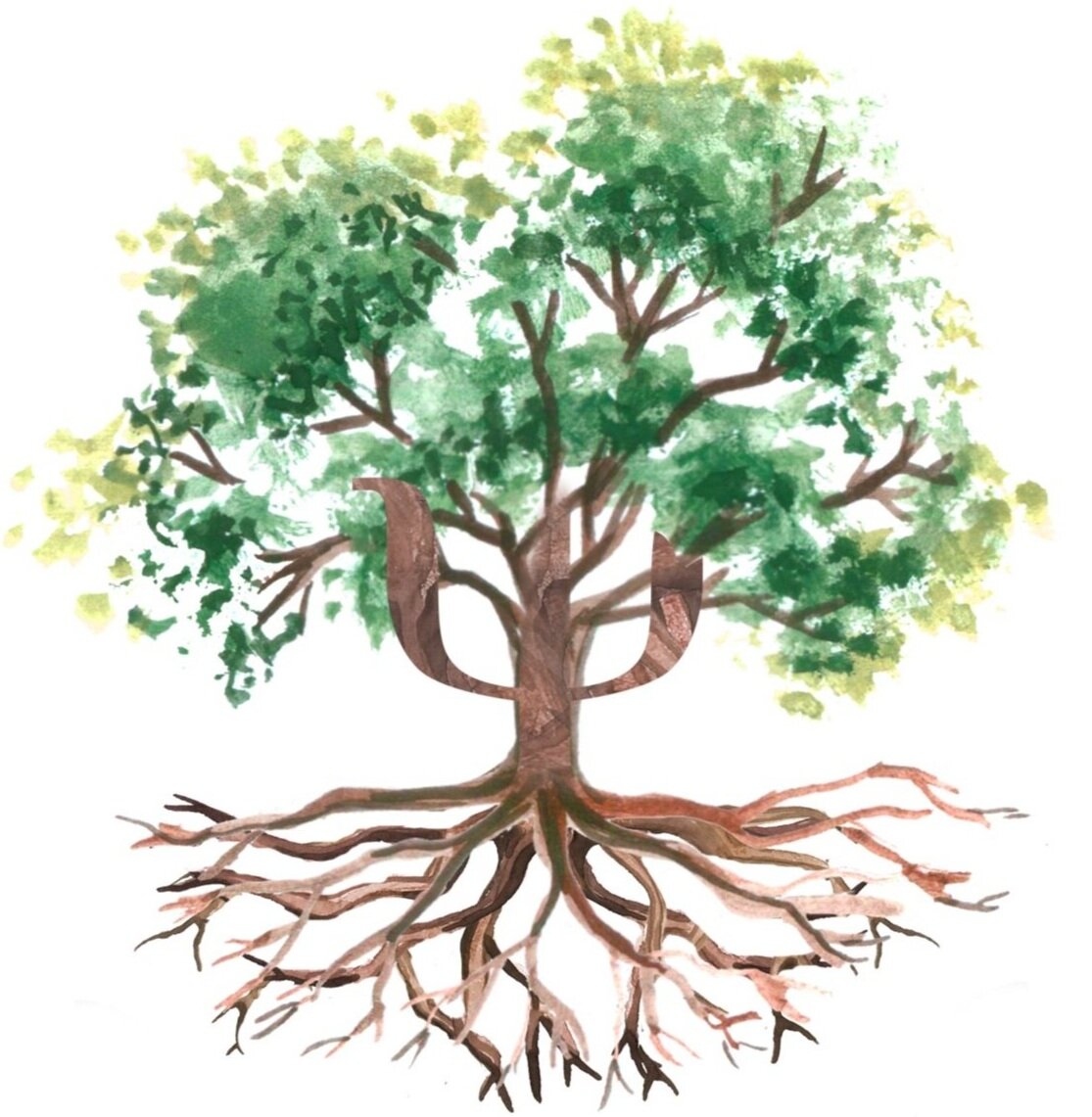In these cases, our perception and feelings about our bodies are referred to as body image.
On the other hand, self-esteem is about our sense of self-worth and how we view ourselves as people.
Body Image and Self-Esteem
Similar in how both revolve around our feelings about ourselves, they can affect our behaviour and interactions with others.
Highly interconnected, body image issues can make us feel poorly about ourselves (low self-esteem), and low self-esteem can also lead to self-criticism, self-doubt and viewing our bodies more negatively (hyper-focusing on imperfections).
A negative body image may lead to hyper-fixation of food, appearances, or exercise. Paired with lower self-esteem, this may contribute to low self-confidence, social withdrawal or anxiety, difficulty expressing ourselves and needs, low moods and even people-pleasing for validation.
What are some signs of a negative body image?
Consider: Someone makes an offhand remark about your physical appearance. How do you feel about your own body after hearing the remark?
If you find yourself experiencing any of the below, you might have a negative body image:
Ψ Ruminating and nitpicking your body’s weight, shape, or appearance
Ψ Feeling ashamed, anxious, and self-conscious about your body
Ψ Frequently comparing your body with others’ and never feeling satisfied with your own body
Ψ Finding ways to change your body’s appearance, such as extreme dieting and fasting, vomiting, taking laxatives, cosmetic
procedures
Healthy Body Image
The ‘perfect’ body has always been defined by societal norms (like when voluptuous bodies were the ideal in the 18th and 19th centuries). Even the people around us can sometimes affect the way we view our own bodies.
How then, do we inculcate a positive or healthy body image?
Changing our body image does not mean changing our bodies. What matters is changing how we think about our bodies. Healthy bodies come in all shapes and sizes – it’s rarely about the numbers. A healthy body is determined by how the body is functioning (think: immune system, illnesses, hormone levels, muscle-fat composition).
A positive body image means embracing all aspects of our bodies – warts and all. It means focusing and appreciating our body’s health and functionality.
Most importantly, it’s about feeling comfortable and proud about our bodies, regardless of body size and shape.
How do I improve the way I see my body?
Ψ Telling ourselves frequently:
o I have physical imperfections, and that’s okay
o I am recognised and loved for who I am, not how I look
o Physical health is not about shape or size
Ψ Being grateful, instead of judgmental, of our bodies
o Remind ourselves of the parts we like about our bodies – make a list!
o Giving yourself daily, verbal encouragements and reminders
o Appreciating all that our bodies do:
§ Our limbs help us carry out daily activities
§ Our feet carry our weight as we move around
§ Our different systems work together to keep us functioning – digesting food, breathing, circulating blood and oxygen
§ Try a body scan to re-connect with the different parts of our bodies
Ψ Detoxing from or diversifying your social media
o Detoxing from social media for several weeks or months for a “reset” on how you define a healthy body
o Finding social media accounts that celebrate bodies of all kinds – be it in terms of shape, size and complexion
If it gets too hard trying to change how we think about our bodies, reach out to us.


